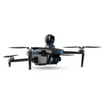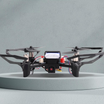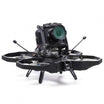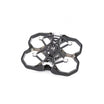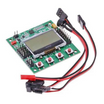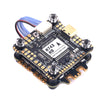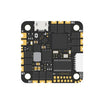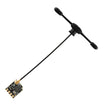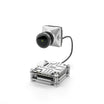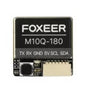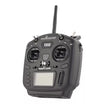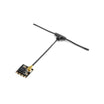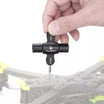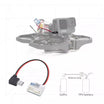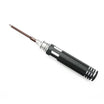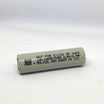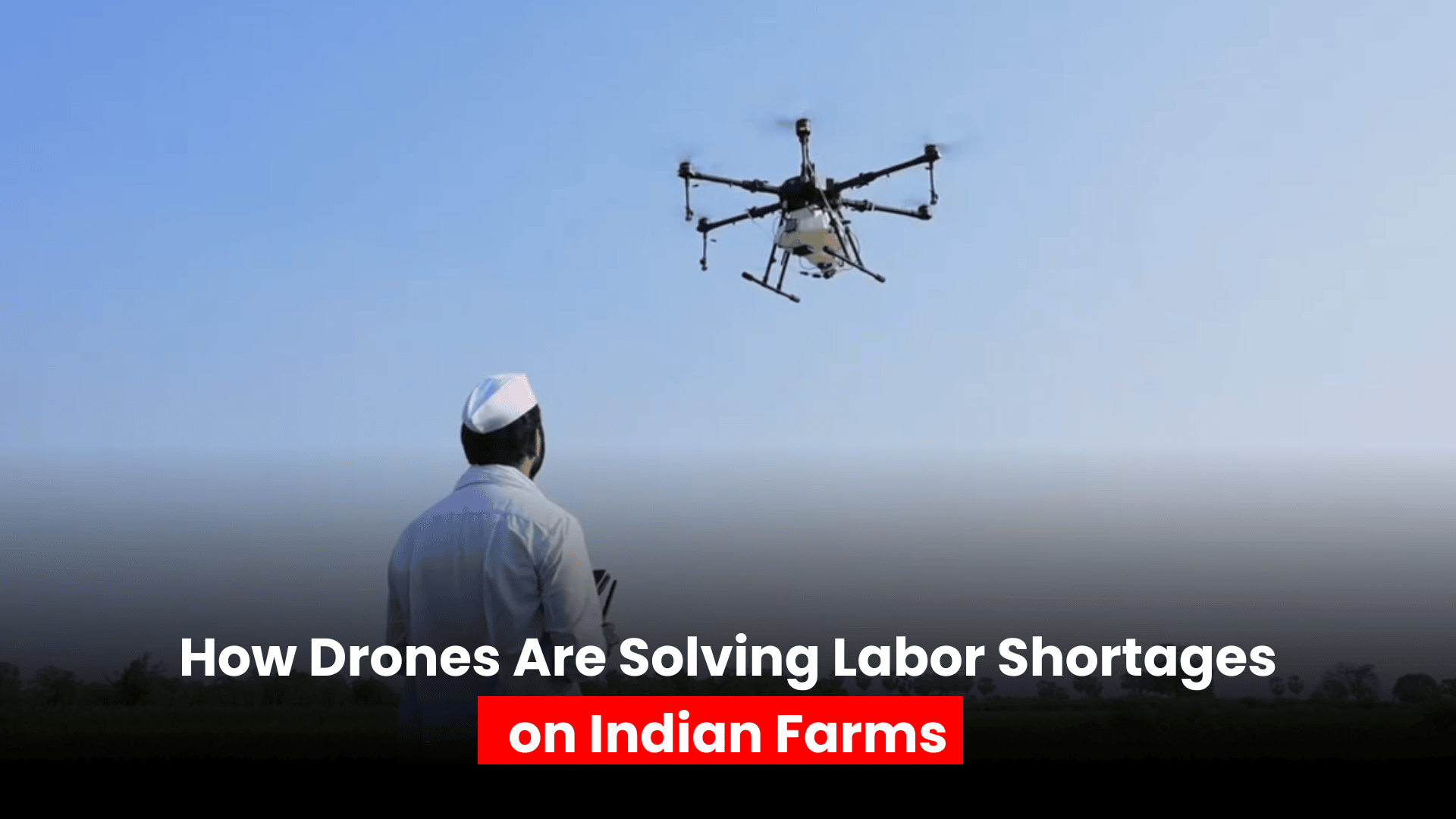Efficiency, Cost & Health: Breaking Down the Best Spraying Method for India’s Farms
Farming in India has always been labor-intensive. From sowing seeds to spraying pesticides, a lot of physical effort goes into growing food.
But with rising labor costs, shrinking rural workforce, and the pressure to increase productivity, many farmers are asking a critical question: Is manual spraying still worth it or is it time to switch to drone spraying?
In this blog, we’ll break down the differences between drone spraying and manual spraying, assess which one benefits Indian farmers more, and explore how our Krishi drone is becoming a trusted tool in Indian agriculture.
Why Spraying Matters in Agriculture
Whether you're growing rice in Tamil Nadu or wheat in Punjab, spraying fertilizers and pesticides is crucial for healthy crop growth and high yield. But if not done correctly, it can lead to:
-
Uneven pesticide distribution
-
Overuse of chemicals
-
Crop damage
-
Increased disease or pest infestation
-
Health risks to the person spraying
With the right method, farmers can improve efficiency, reduce chemical usage, and protect their health.
That's where the choice between manual and drone spraying becomes important.
What is Manual Spraying?
Manual spraying involves a person walking through the fields carrying a knapsack sprayer or using tractor-mounted boom sprayers. This is the most common practice across India, especially in rural and smallholder farms.
Pros:
-
Low initial investment
-
Easy to operate
-
No technical training needed
Cons:
-
Physically exhausting
-
Uneven spraying
-
Wastage of pesticides
-
Health risks from chemical exposure
-
Time-consuming: 1 acre can take 4–6 hours
-
Requires 2–3 laborers depending on terrain
What is Drone Spraying?
Drone spraying uses unmanned aerial vehicles (UAVs) equipped with tanks and nozzles to spray pesticides or fertilizers over crops.
Pros:
-
Covers 1 acre in under 10 minutes
-
Precise and uniform application
-
Reduces chemical use by up to 30%
-
Keeps farmers safe from exposure
-
Works in rough, hilly, or flooded terrain
-
Can operate day or night
-
Reduces labor dependency
Cons:
-
Requires initial investment
-
Needs training or certified operators
-
Dependent on battery charging or backup
Also read: Government subsidies for Agri drones in India (2025)
Key Comparison: Drone Spraying vs. Manual Spraying
|
Feature |
Manual Spraying |
Drone Spraying |
|
Time per Acre |
4-6 hours |
8-10 minutes |
|
Labour Required |
2-3 people |
1 operator |
|
Chemical Efficiency |
High wastage |
Up to 30% savings |
|
Health Risk |
Direct exposure |
Zero exposure |
|
Precision |
Uneven spray |
High accuracy |
|
Terrain Adaptability |
Difficult in hilly/flooded areas |
Easy access to tough terrain |
|
Operational Cost (Long Term) |
High |
Low |
Why Drone Spraying Is Gaining Popularity in India
With government incentives and rising awareness, agri-drones are seeing rapid adoption across India. Farmers are beginning to understand that the initial investment in a drone pays off quickly through labor savings, better yields, and timely spraying.
One of the standout players in this space is insideFPV, India’s first consumer drone company to offer an affordable and highly effective agriculture drone, the Krishi drone.
Made by a team of IIT graduates and drone innovators, the Krishi drone is built specifically for Indian farms.
It’s a Make-in-India initiative designed to help farmers with advanced drone technology at affordable pricing.
The key features of the drone includes:
-
Flight Time: 15-20 minutes
-
Spray Tank: 10L
-
Spray Speed: 2L/min
-
Take off Weight: 29kg
-
Tank Capacity: 10L
-
Nozzle Spraying Time: 2-3L/min
Government Push for Agri-Drones in India
The Indian government is actively supporting the adoption of drones in agriculture through policies and funding schemes.
Some key initiatives include:
-
Sub-Mission on Agricultural Mechanization (SMAM) – up to 100% subsidy for drone adoption through FPOs and KVKs
-
Drone Shakti initiative – promoting domestic drone startups like insideFPV
-
Custom Hiring Centres (CHCs) – enabling drone access for small farmers on a per-use basis
This makes drone spraying more accessible than ever before.
Also read: How the Namo drone didi yojna is transforming agriculture
However, there are still some challenges to overcome such as:
-
Initial Investment: Though the long-term ROI is high, some farmers hesitate due to upfront costs.
-
Training: Not all farmers are tech-savvy, so proper training and support are needed.
-
Connectivity in Rural Areas: For automated operations, drones may need reliable GPS and mobile signals.
What Is The Long-Term Impact of Drone Spraying
Farmers who switch to drone spraying aren’t just adopting a tool, they’re future-proofing their farms.
Here’s what they gain:
Better Yields - Precise application improves plant health and reduces losses due to over- or under-spraying.
Higher Profitability - Lower input costs, reduced labor expenses, and better yield means more money in hand.
Safer Farming - Farmers no longer have to carry heavy tanks and inhale toxic chemicals during spraying.
Environmentally Sustainable - Drones reduce chemical runoff, save water, and reduce soil degradation
Frequently Asked Questions
Is drone spraying completely safe for the crops?
Yes. Drones like Krishi provide precise spraying, reducing chemical overuse and minimizing environmental impact.
Can small farmers afford drone spraying?
Yes, with government subsidies and shared rental models, even small farmers can access drone technology.
Does drone spraying really save time?
Yes. What takes hours with manual spraying can be done in minutes using a drone, saving time during critical farming stages.
What crops benefit most from drone spraying?
Paddy, wheat, cotton, sugarcane, grapes, and pulses see major benefits in yield and input efficiency with drone spraying.


